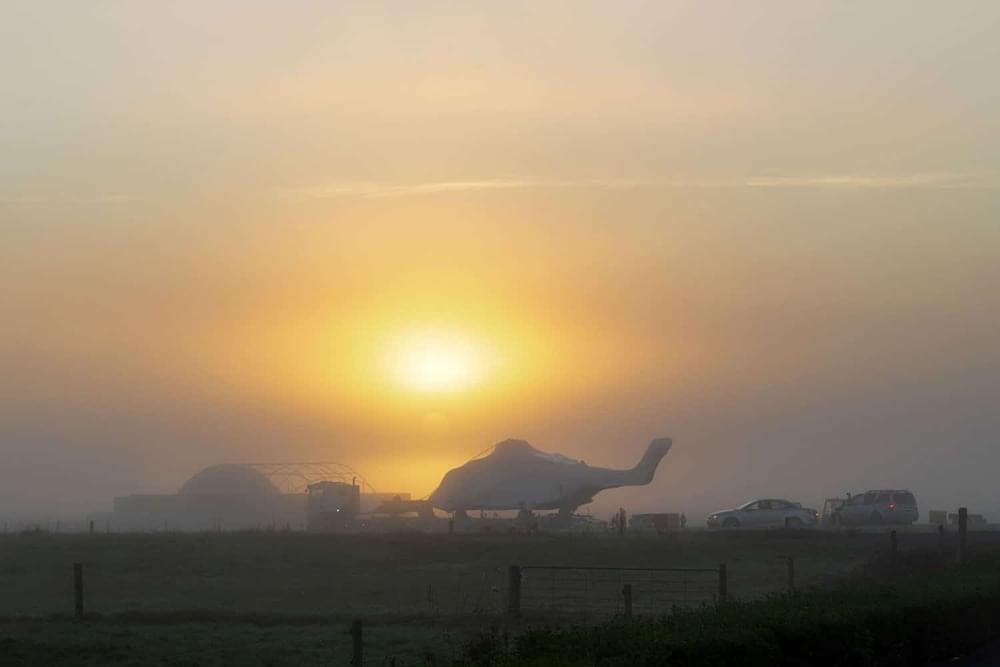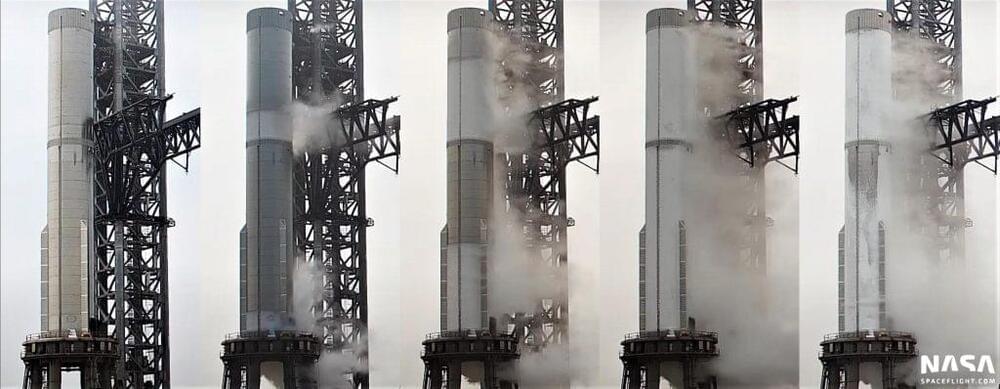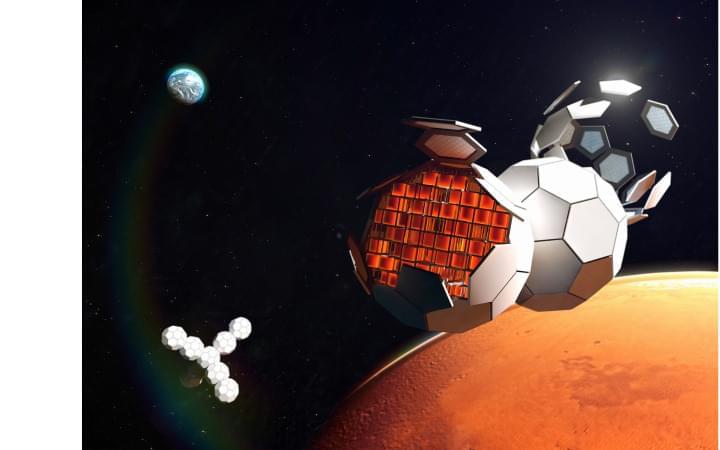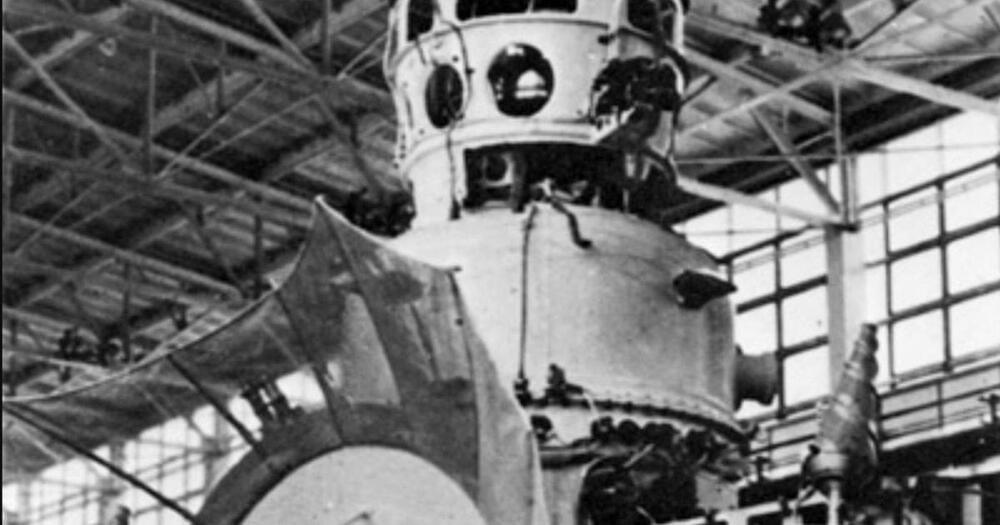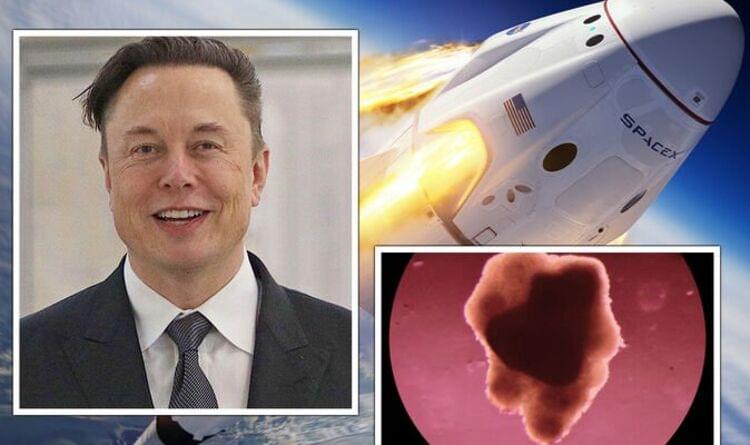It would signify new levels of space baron cooperation. It’s no secret that Richard Branson is a big fan of SpaceX.
It’s no secret that Richard Branson is a big fan of SpaceX.
And, as a fellow space baron to SpaceX CEO Elon Musk, it’s hard to blame him — since Musk’s aerospace firm is edging closer to attempting its first orbital flight with a fully stacked Starship vehicle — and a launch date fast approaching. This will be a huge step for Musk’s ambitions to build, operate, and land a new spaceship on the surface of Mars, putting humans on the Red Planet.
Much testing is needed before the big jump can happen. And, having bested Jeff Bezos in repeatedly contested contracts with NASA to build the Human Landing System for the Artemis program, Musk has assumed a rapidly widening lead ahead of his two space baron rivals, Blue Origin CEO Bezos and Virgin Galactic founder Richard Branson.
